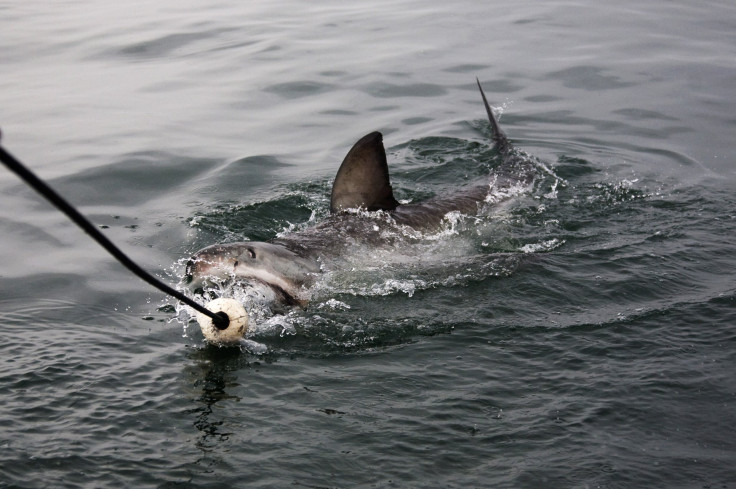Is That A Shark? Expert Explains How To Correctly Identify A Great White Shark's Fin
KEY POINTS
- An expert explains how to correctly identify the fin of a great white shark
- Shark sightings could lead to temporary beach closures
- Certain marine animals are often mistaken as great white sharks
A marine expert explained how to properly identify the dorsal fin of a great white shark and differentiate it from those of other less harmful animals. Correctly identifying the fins of the animals could prevent people from panicking on beaches.
In most cases, the sudden appearance of a triangular dorsal fin protruding from the water is considered a shark sighting. Usually, local authorities respond to sightings by temporarily closing beaches in order to ensure the safety of the public.
A similar incident happened on Monday at Plymouth Long Beach in Massachusetts. After the fin of a great white shark was reportedly spotted in the water, the beach was temporarily closed. However, according to the harbormaster, the fin most likely belonged to a porpoise swimming around in the area.
John Chisholm, a shark researcher who works closely for the Division of Marine Fisheries in Massachusetts, recently shared tips on how to correctly identify the dorsal fin of a shark that’s protruding from the water.
According to Chisholm, the dorsal fins of great white sharks have a triangular shape with a straight rear edge that comes to a point at the peak. He also said that the rear edge of the fin tends to have distinct features.
“It often has tears and notches in the rear edge,” Chisholm told Boston Globe.
Most of the time, basking sharks, which are known to feast on plankton, are often mistaken as great whites because of their dorsal fins. Although they are large, they are relatively harmless.
According to Chisholm, the fins of basking sharks closely resemble that of a great white. However, the main difference is the fin of a basking shark tends to flex as it swims across the water. The fin of a great white shark, on the other hand, remains still and rigid as it moves.
“[The] dorsal often appears to lean and flex as the shark swims on the surface,” Chisholm explained. “It can also have tears and notches along the rear edge.”
In addition, basking sharks are significantly larger than great whites. Basking sharks are known to grow over 20 feet, while the average size of a great white is about 12 feet.
Another marine animal that’s often mistaken as a shark due to its fin is the Mola Mola, which is also known as the ocean sunfish. Chisholm noted that compared to the fin of a great white shark, the dorsal fin of a Mola Mola is taller with a convex rear edge.
The shark expert also stated that the Mola Mola’s fin tends to flap around as the animal moves.
“[It’s] a tall flexible dorsal often appearing to have a convex rear edge,” Chisholm stated. “It often appears to flap back and forth due to the Mola’s swimming style, which involves it using its dorsal like a paddle.”

© Copyright IBTimes 2024. All rights reserved.





















